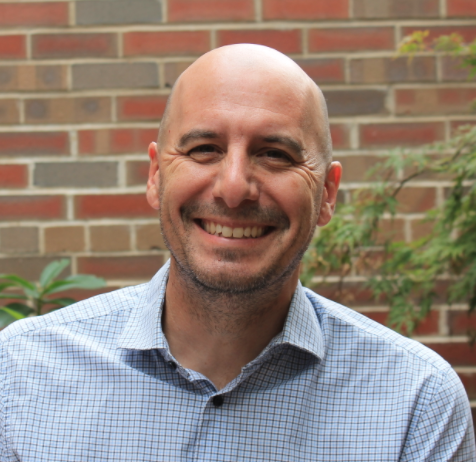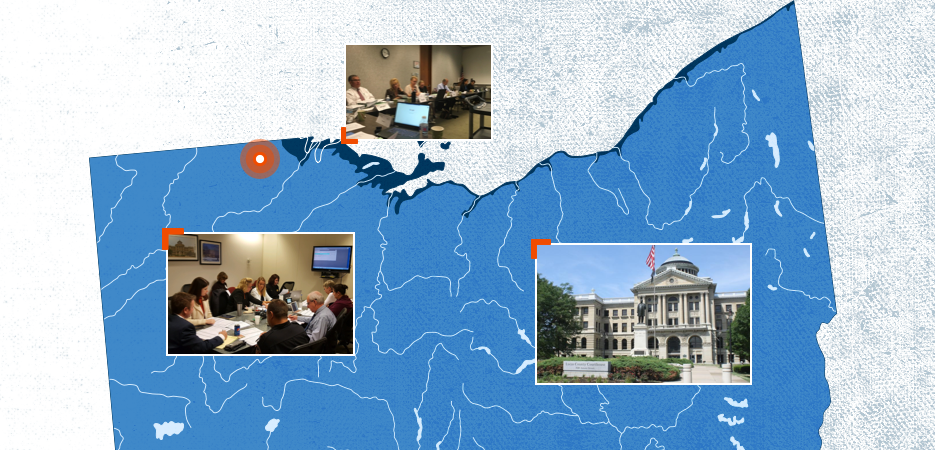Background
When Cook County joined the Safety and Justice Challenge, people of color were disproportionately arrested and incarcerated at higher rates than white people. Siloed criminal justice data systems across the county also made it difficult for data to be analyzed across agencies in a timely fashion.
A subset of the jail population was comprised of individuals who cycled through the system due to unaddressed mental health and/or substance use needs. Barriers to living wage employment also led individuals to engage in narcotic distribution and subsequently, people were caught up in the criminal justice system.
The overuse of detention in jail caused disruption in the stability of the families and communities of those arrested, leading to higher re-arrest rates, producing worse case outcomes, and potentially causing life-long damage to families.









